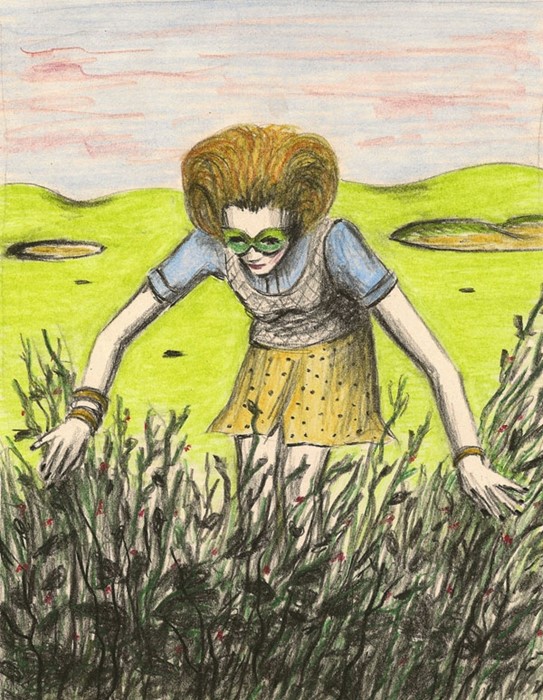It’s easy enough to pick holes in some designers’ collections, but what about when they choose to put them there? While many have made a name for characteristically ripped, holey and gaping threads, there was a trend for spring/summer 2012 that saw
It’s easy enough to pick holes in some designers’ collections, but what about when they choose to put them there? While many have made a name for characteristically ripped, holey and gaping threads, there was a trend for spring/summer 2012 that saw holes introduced in a rather more regulated manner.
Perforation was key to several shows, from Acne to Versace and Stella McCartney in a season which took sports influences and ran (no pun intended) with them into altogether less familiar territory. Perforated fabric is traditionally the preserve of aertex, of sweat fabrics, of clothes in which to exert yourself; the perforations therefore on a buttery suede A-line skirt designed by Karl Lagerfeld for Fendi are entirely foreign to this concept – and that was precisely the point.
The grown up elegance of the Fendi spring aesthetic was undercut in several ways – with frills, with raffia, with mirror beads – and perforation was another way of suggesting this woman, this bouffanted femme in a mid-century silhouette, was far from what she first appeared.
"Perforation was key to several shows, from Acne to Versace and Stella McCartney in a season which took sports influences and ran (no pun intended) with them into altogether less familiar territory"
So too at Stella McCartney, where perforation panels nestled at the yokes of sleeveless tanks, and snaked down the sides of ruthlessly chic evening dresses made from printed silk. They had all the loucheness of an expensive pair of silken pyjamas in their aspect, but these unexpected smatterings of sportswear gave them a more modern and more practical purpose. McCartney’s comment on the quotidian nature of modern luxury perhaps, or simply a mechanism by which to manipulate traditional fabrics.
At Versace too, the implications of perforation were analysed: the sort of punched leather more usually found on sturdy brogue, or even a biker jacket, instead made its way onto prettily pleated dresses that fluttered all the more thanks to the textural resistance such material afforded.
And at Acne, a commentary on the technique itself: star shapes cut into a rigid leather shell top, that begged whether this was decoration or simply contrived vandalism. What, in fact, is perforation when it is taken out of context? Beyond a polo shirt, it’s a simply mesh or a gauze, no longer a "performance fabric", to use the jargon of the athletic wardrobe. But that’s reductive, and this was part of these designers’ messages. By that token, one could say that lace or borderie were nothing but engineered holes, and we all know that borders on blasphemous.
Harriet Walker is a fashion writer at The Independent. Her book Less is More: Minimalism in Fashion is out now, published by Merrell. Zoë Taylor has appeared in Le Gun, Bare Bones, Ambit and Dazed & Confused. She is currently working on her third graphic novella and an exhibition.


